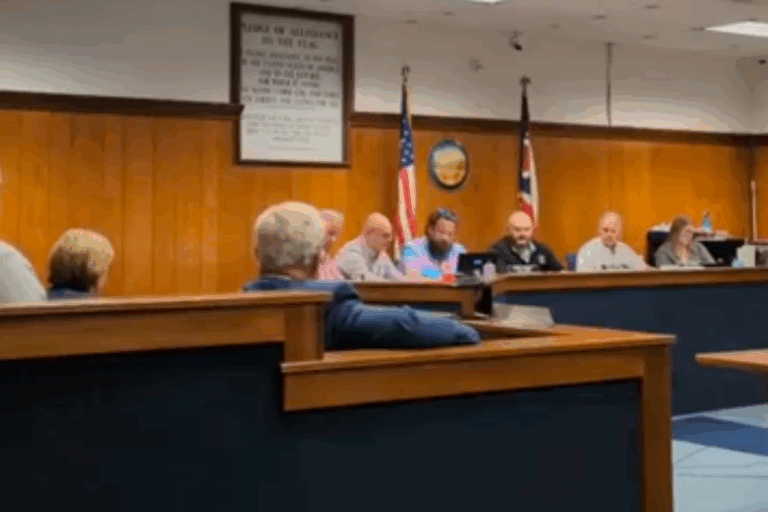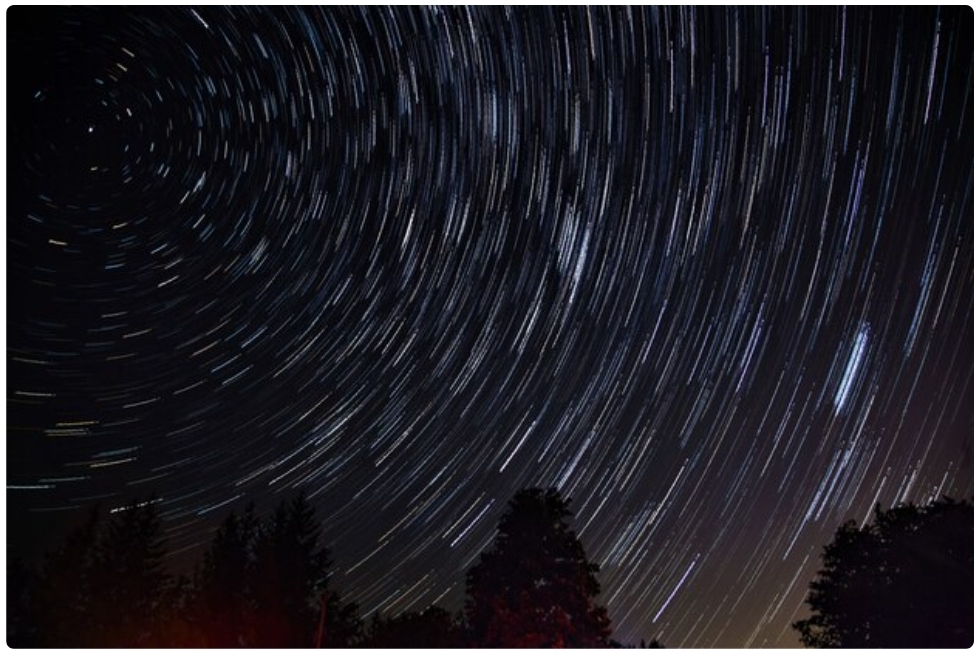
Parseid Meteor Shower
The Perseid meteor shower, one of the most anticipated celestial events of the year, is set to peak this weekend. Known for its high frequency of bright meteors, the Perseids are a favorite among skywatchers. Whether you’re a seasoned astronomer or a casual stargazer, here’s how you can make the most of this stunning natural spectacle.
What is the Perseid Meteor Shower?
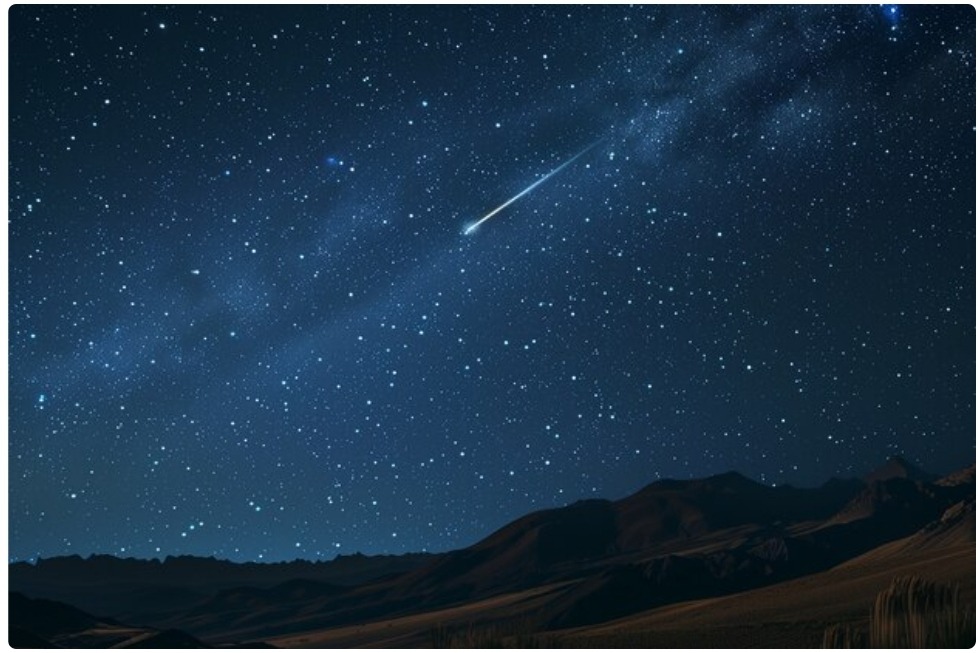
The Perseid meteor shower occurs every year when Earth passes through the debris trail left by the comet Swift-Tuttle. As these tiny particles enter our atmosphere at speeds of up to 37 miles per second, they burn up and create bright streaks of light across the night sky. The Perseids are named after the constellation Perseus, from which the meteors appear to originate.

When and Where to Watch
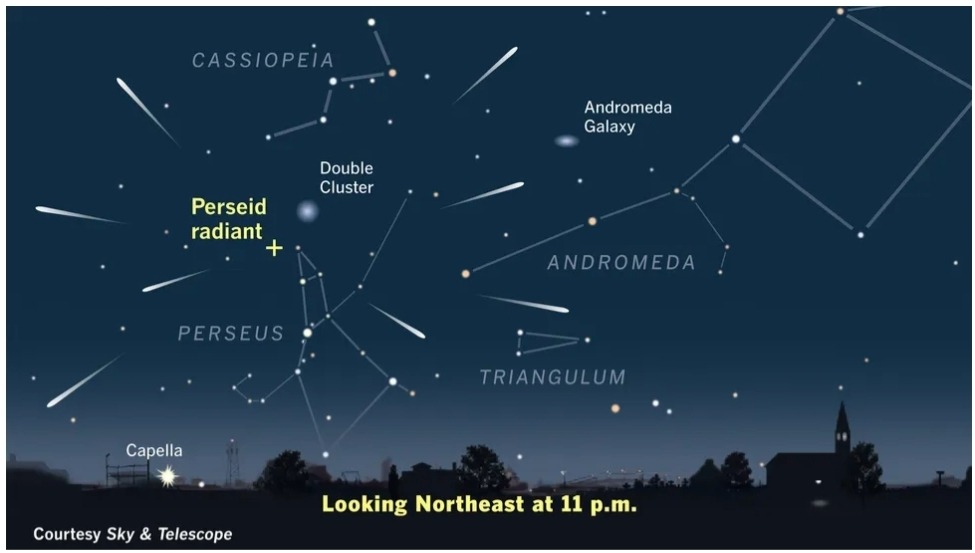
The Perseids will peak during the night of August 11th and the early morning hours of August 12th. The best viewing time is after midnight when the sky is at its darkest, and the constellation Perseus is higher in the sky. While meteors can be spotted anywhere in the sky, looking toward the northeast where Perseus is located will give you the best chance to see the most meteors.
Best Practices for Observing
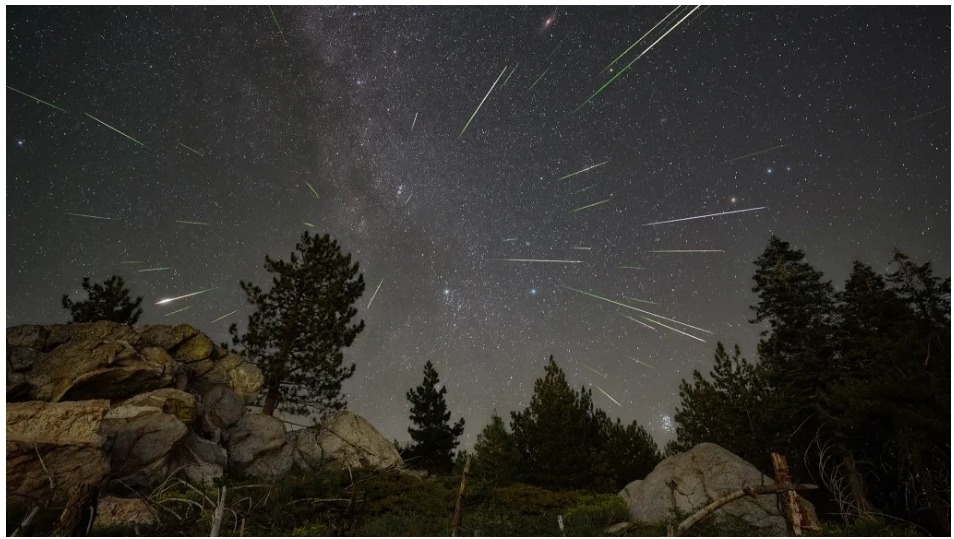
- Find a Dark Location: Light pollution from cities and towns can obscure your view of the meteors. To see the Perseids at their best, find a dark location away from artificial lights. Rural areas, parks, or even your backyard, if you live in a less populated area, are ideal spots.
- Give Your Eyes Time to Adjust: It takes about 20 minutes for your eyes to adjust fully to the dark. Avoid looking at your phone or any other light source during this time, as it can ruin your night vision and make it harder to see the meteors.
- Bring Comfortable Gear: Watching the Perseids requires patience. Bring a blanket, reclining chair, or sleeping bag to stay comfortable while you lie back and watch the sky. Dressing warmly is also a good idea, as the temperature can drop during the night.
- Look to the Northeast: While meteors can streak across any part of the sky, focusing your gaze to the northeast where the Perseid radiant is located will increase your chances of seeing more meteors. You don’t need any special equipment like telescopes or binoculars; the meteors are best viewed with the naked eye.
- Be Patient: At the peak, you can expect to see up to 60-100 meteors per hour under ideal conditions. However, meteors often come in bursts followed by lulls, so don’t get discouraged if you don’t see much activity right away.
What to Look For
During the Perseid meteor shower, you can expect to see:


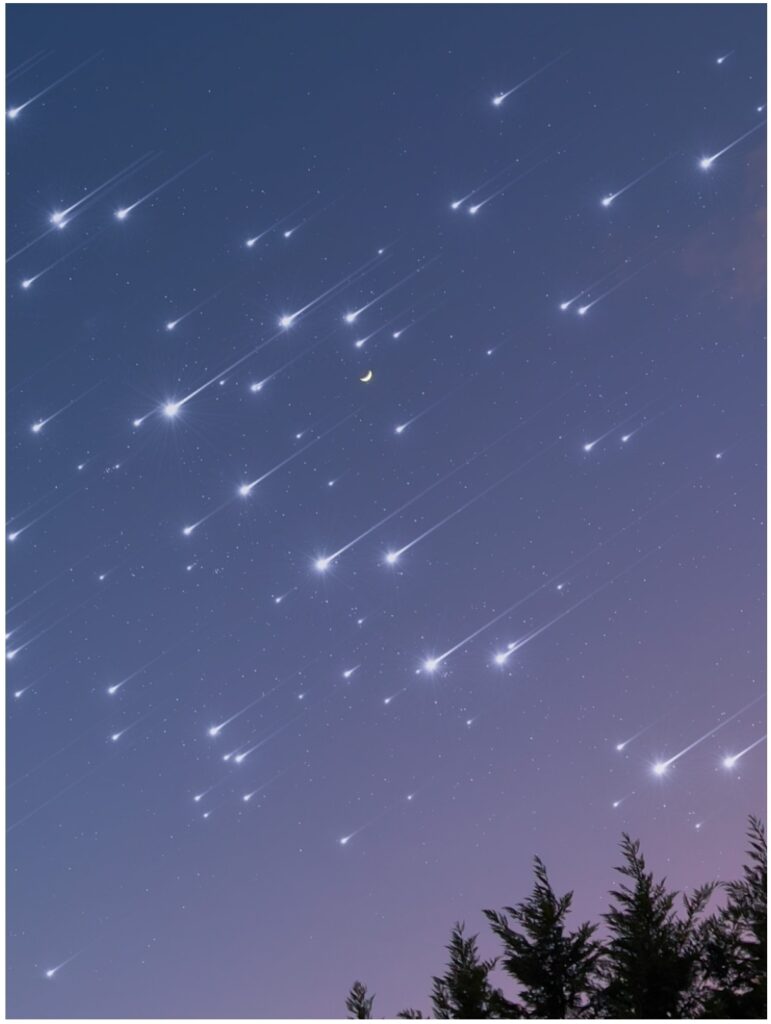
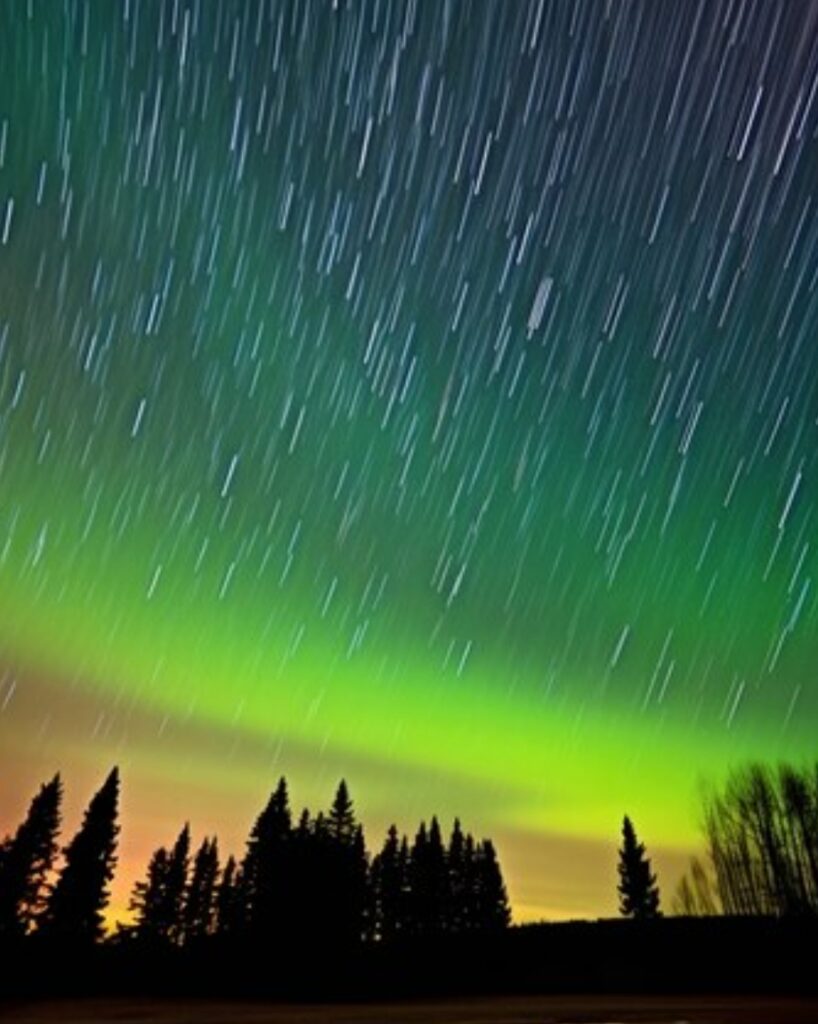
- Bright Meteors: The Perseids are known for their bright, fast-moving meteors. Some may even leave persistent trails that linger for a few seconds after the meteor has disappeared.
- Fireballs: Occasionally, you might spot a fireball—a particularly bright meteor that can outshine even the brightest stars in the sky. Fireballs are larger meteoroids that burn up in the atmosphere, creating an impressive display.
- Meteor Trains: Some of the brighter meteors will leave behind glowing trails, known as trains, that can last for several seconds to minutes. These are caused by ionized gas left in the wake of the meteor.
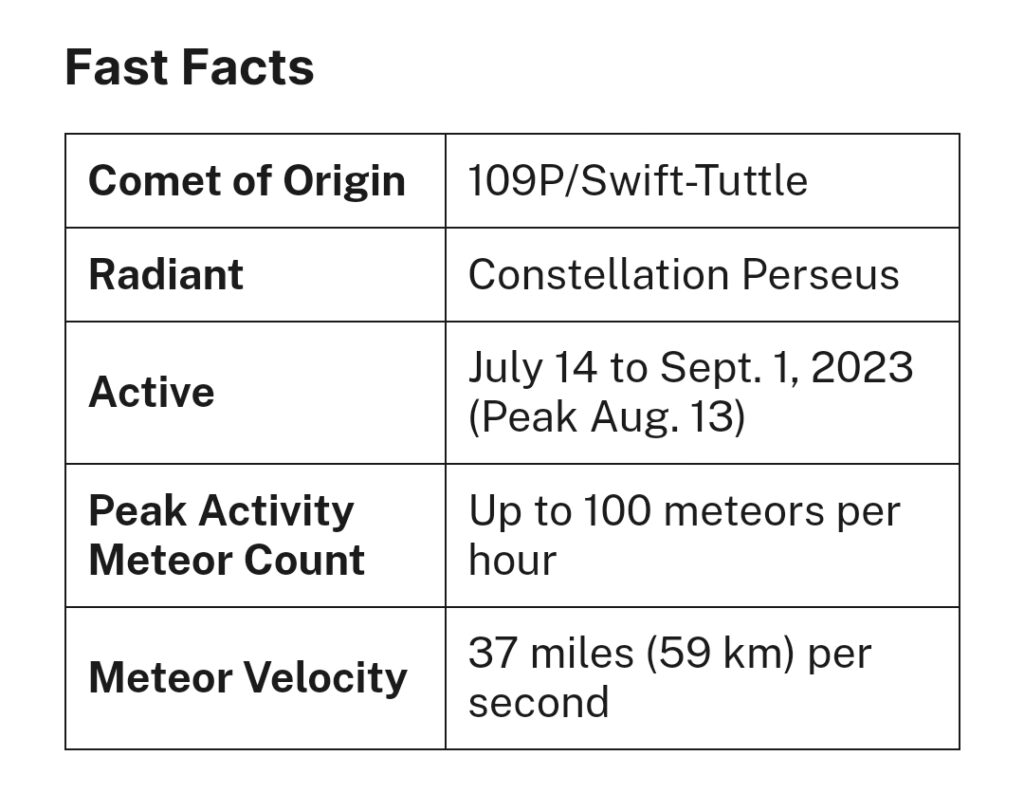
The Perseid meteor shower is one of the most reliable and spectacular meteor showers of the year, offering a mesmerizing show for anyone willing to stay up and look up. Whether you’re a solo stargazer or planning a small gathering with friends and family, this weekend is the perfect opportunity to connect with the wonders of the universe. Remember, the key to a successful meteor-watching experience is patience, preparation, and a little bit of luck. Happy stargazing!



